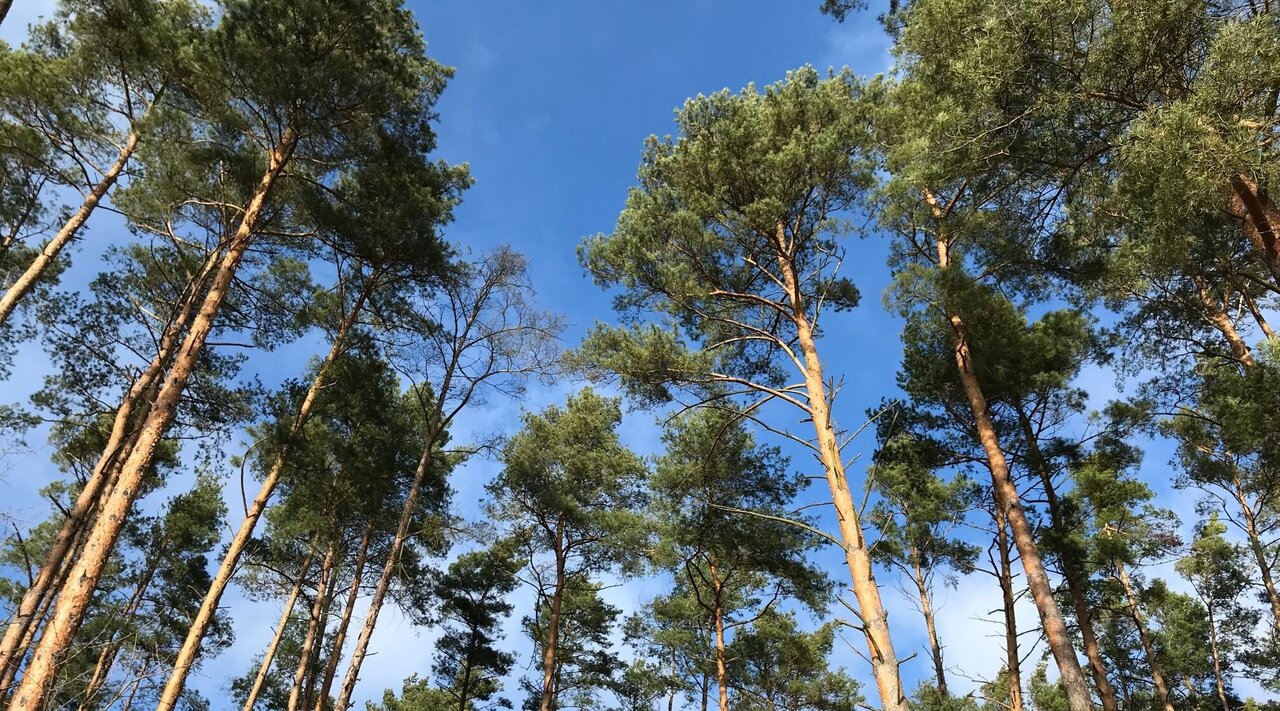Project
Genetic Diversity of Scots Pine in Germany

Genetic diversity and structure of Scots pine in Germany - A basis for the conservation and sustainable use of its genetic diversity
During the fourth Federal Forest Inventory, samples for the genetic inventory of Scots pine were collected throughout Germany. This representative sample gives a comprehensive overview of the genetic diversity of the species.
Background and Objective
Alongside Norway spruce, Scots pine (Pinus sylvestris) is the most important coniferous tree species in Germany. It has low demands regarding soil quality and is extremely resistant to drought and frost. Due to this insensitivity to climatic extremes and its relatively high resistance to storms, it is considered well adapted to current climate change conditions.
Based on the samples collected throughout Germany, a high-resolution map of the genetic diversity and structure of Scots pine will be created. The creation of such a map will provide information on the current genetic diversity of Scots pine in Germany, the spatial distribution of this genetic diversity, and the relationship between genetic structure and environmental and site factors. Knowledge of genetic variation and its patterns is a necessary basis for the sustainable use and conservation of forest genetic resources. The project thus serves the genetically sustainable management of pine, the protection of its local genetic variation, and forms a basis that can be used to monitore future changes.
Approach
Two SNP arrays form the basis of the project: The PiSy50K array analyzes 47,712 SNPs from the nuclear genome but no mitochondrial SNPs and is therefore complemented by a MassArray with up to 40 SNPs from the mitochondrial genome. This combined approach will enable us to analyze different aspects regarding the quantification of genetic diversity and reconstruction of genetic structures.
The project is structured by four work packages:
Work package 1: Preparation of SNP analysis, this includes extraction, quality control, concentration adjustment, sorting and further preparation of samples for subsequent SNP analyses and coordination of analyses with sequencing service providers.
Work package 2: SNP analysis of all 5000 samples, sequencing will be performed by external service providers. The work package includes the coordination of the sequencing between the Thünen Institute and the service provider, the quality control of the delivered sequence data and the SNP-calling, i.e. the analysisof the sequences.
Work package 3: Evaluation of SNP data, this includes quantification of genetic diversity, investigation of spatial-genetic structures, identification of genetic groups, correlation of genetic diversity with areas of origin and site factors, and investigation of genotype-environment associations.
Work package 4: Summary evaluation and derivation of conclusions, this includes the consolidation of the results from WP3 and the derivation of conclusions regarding the protection of genetic diversity as well as the genetically sustainable management of Scots pine.
Thünen-Contact

Involved Thünen-Partners
Funding Body
-
Fachagentur Nachwachsende Rohstoffe e.V. (FNR)
(national, öffentlich)
Duration
1.2024 - 12.2026
More Information
Project funding number: 2223NR010X
Funding program: FNR
Project status:
ongoing

![[Translate to English:] [Translate to English:]](/media/_processed_/f/3/csm_2022_Titelbild_gross2_Saatgut_in_Hand_9ffb8f5748.jpg)
![[Translate to English:] [Translate to English:]](/media/_processed_/f/3/csm_2022_Titelbild_gross2_Saatgut_in_Hand_c17270fcc0.jpg)





